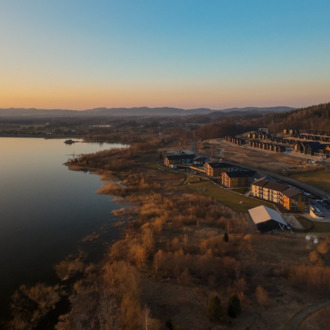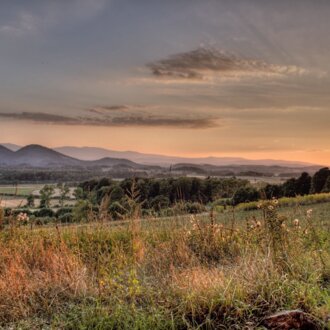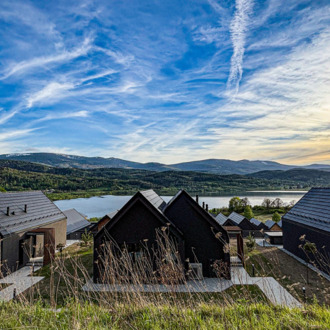Wielki Szyszak deserves its name – after all, it is the second largest peak on the Polish side of the Karkonosze Mountains – with an elevation of 1509 meters above sea level. It is worth noting that this runner-up is almost 100 meters lower than Śnieżka, which further highlights the grandeur of the Queen of the Sudetes.
However, Wielki Szyszak holds first place in another category – it is the highest peak in the Karkonosze Mountains made of the characteristic Karkonosze granite found in this region. Therefore, its summit is covered with a talus.
Before World War II, Wielki Szyszak was known by another name – Wielkie Koło. It is still called by this name by our southern and western neighbors from the Czech Republic and Germany. In fact, this peak is particularly connected with German history.
At the end of the 19th century, the unification of the German states was commemorated in a special way on the summit. A several-meter-high pyramid was built from stones, on which a statue of an eagle and a plaque engraved with the letter W were placed. The monument was meant to symbolize Emperor Wilhelm I, emphasizing his contributions to the unification of the country. Currently, the monument is in very poor condition, but the place itself is picturesque and worth visiting.
To admire the view from the summit of Wielki Szyszak and the remnants of the characteristic monument, one must descend from the Main Sudeten Trail near Czarna Przełęcz. A path made of stone slabs leads to the summit.
This is also a part of history – it was funded by the Schaffgotsch family, a powerful Silesian noble family owning estates including those in Cieplice. They also owned Chojnik Castle, Gryf Castle in Proszówka, the castle in Żmigród, as well as palaces in Sobieszów, Sulisław, Kopic, and Wrocław.
Near Wielki Szyszak are the picturesque Śnieżne Kotły cirques and the peaks Śmielec and Łabski Szczyt. After visiting this place, you can continue hiking along the main trail.
Have questions?

















 (1).jpg)







































